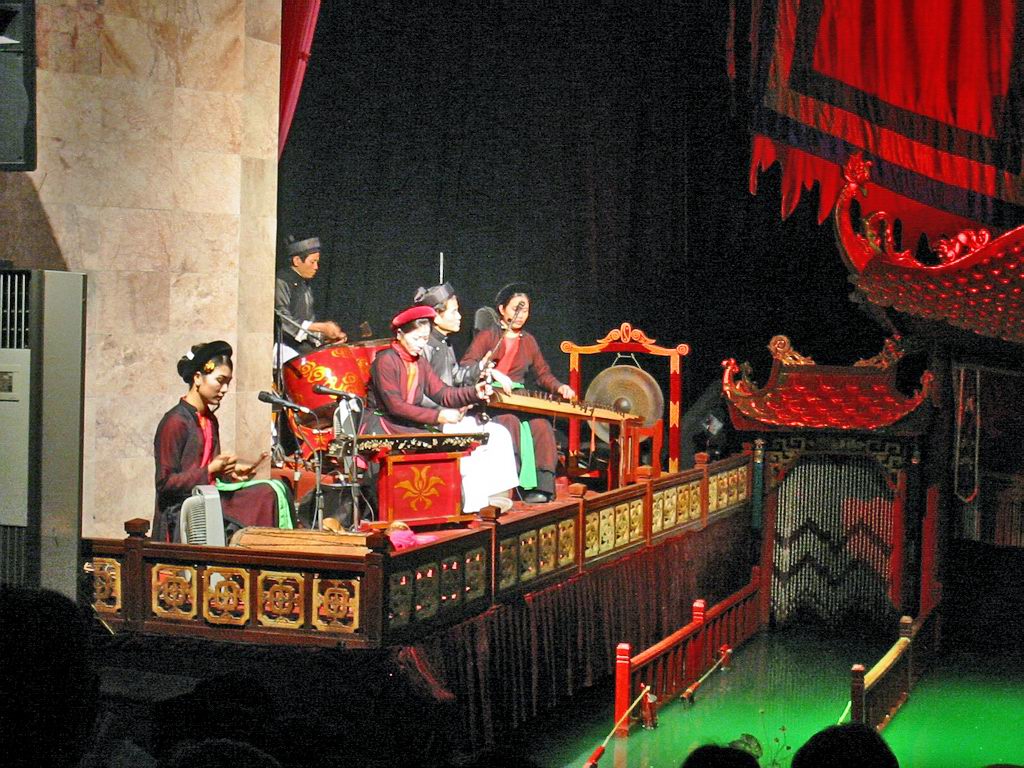Before Margaret Thatcher came to power in 1979, Britain was in trouble and headed for worse. The story was told on radio news every morning. Along with the weather and the traffic reports, there was daily a list of trouble spots of a different sort: industrial action.
Industrial action was the euphemism of the time for strikes; most of them unofficial, all of them debilitating. The national mood was sour, the economy perilous, and Britain’s international competitiveness was slipping fast. Commentators around the world talked about “the English disease.”
Thatcher’s challenge was to curb the unions; but before she could do that, she had to convince a doubting nation that the unions could become, or be made, responsible. Over the years, the unions had amassed quite extraordinary power that reached into lives of people who had never thought they were affected by unions.
Union excess was everywhere but because the British believed in the importance of unions, their strengths and excesses were taken as the necessary price for the fundamental right of collective bargaining.
The Labor Party derived much of its support and financing from the union movement. They were structurally entwined: The unions represented the core, or the “base,” of the party. Unfortunately for Labor, the base was toxic and threatened the health of the economy and, as the election of 1979 showed, the electability of the party.
Thatcher, though hard to love, did three enormous things for Britain. She restored the primacy of the free market, curbed union excess and, ironically, saved the Labor Party. Thatcher’s changes made it possible for what was to be called New Labor to modify its relations with its trade union base. The politicians got back the politics, which had been progressively assumed by union bosses of the base.
The British experience is redolent with lessons for the Republican Party. The “base,” represented by the aggressive broadcasters like Sean Hannity, Rush Limbaugh and Laura Ingraham, is goading the party in Congress to adopt positions that satisfy them, but not the electorate.
Building on the new reality created by Thatcher’s Conservatives, Tony Blair and his political brain, Peter Mandelson, were able to discipline or silence the trade unions in the Labor Party and present an alternative to the Conservatives that could plunder the best ideas of the right. When nobody was looking, Blair must have thanked God for Thatcher.
The agony of the Republicans is clearly on display with the nomination of Sonia Sotomayor to the Supreme Court: To oppose her blindly is to kiss off millions of Hispanic voters, maybe for generations. The party clearly had no strategy to deal with a candidate like Sotamayor. None.
The far right came out with, well, with an old argument: She is a liberal activist. Not much evidence of that, but the conservative talk-show hosts were ready for war. The last war. Or the one before that.
More damaging to serious Republicans has been the conversion, almost entirely on Fox, of respected Republican philosophers into political Vaudevillians. Enter, center stage, Newt Gingrich, Mike Huckabee and Karl Rove. Their collective TV antics are damaging to the movement they once led.
A lot of good thinking about the future of the Republican Party is taking place in the think tanks, particularly the American Enterprise Institute and the Heritage Foundation. But the solid work of restructuring the party for the new realities at home and abroad is drowned out by the eponymous broadcast wing of the party.
It is hard to believe that Newt Gingrich, broadcaster, is the same Newt Gingrich who masterminded the 1994 Republican midterm sweep. Or that Karl Rove was the genius who saw that George W. Bush could be presented as a convincing presidential candidate.
Absent any possibility of reform of the Republican base from the outside, in the Thatcher way, it has to come from the inside. Several astute conservative writers, like David Frum and Mickey Edwards, have lighted a path. A first step down that path could be a more even-handed examination of President Obama’s Supreme Court picks. He could have as many as four of them in his first term. Clearly he has an eye to the electorate, as much as to jurisprudence, if Sotomayor is a harbinger.
Thatcher built herself an entirely new base. Blair dismantled an old one. The Republicans need to examine both.

 Follow
Follow
Leave a Reply